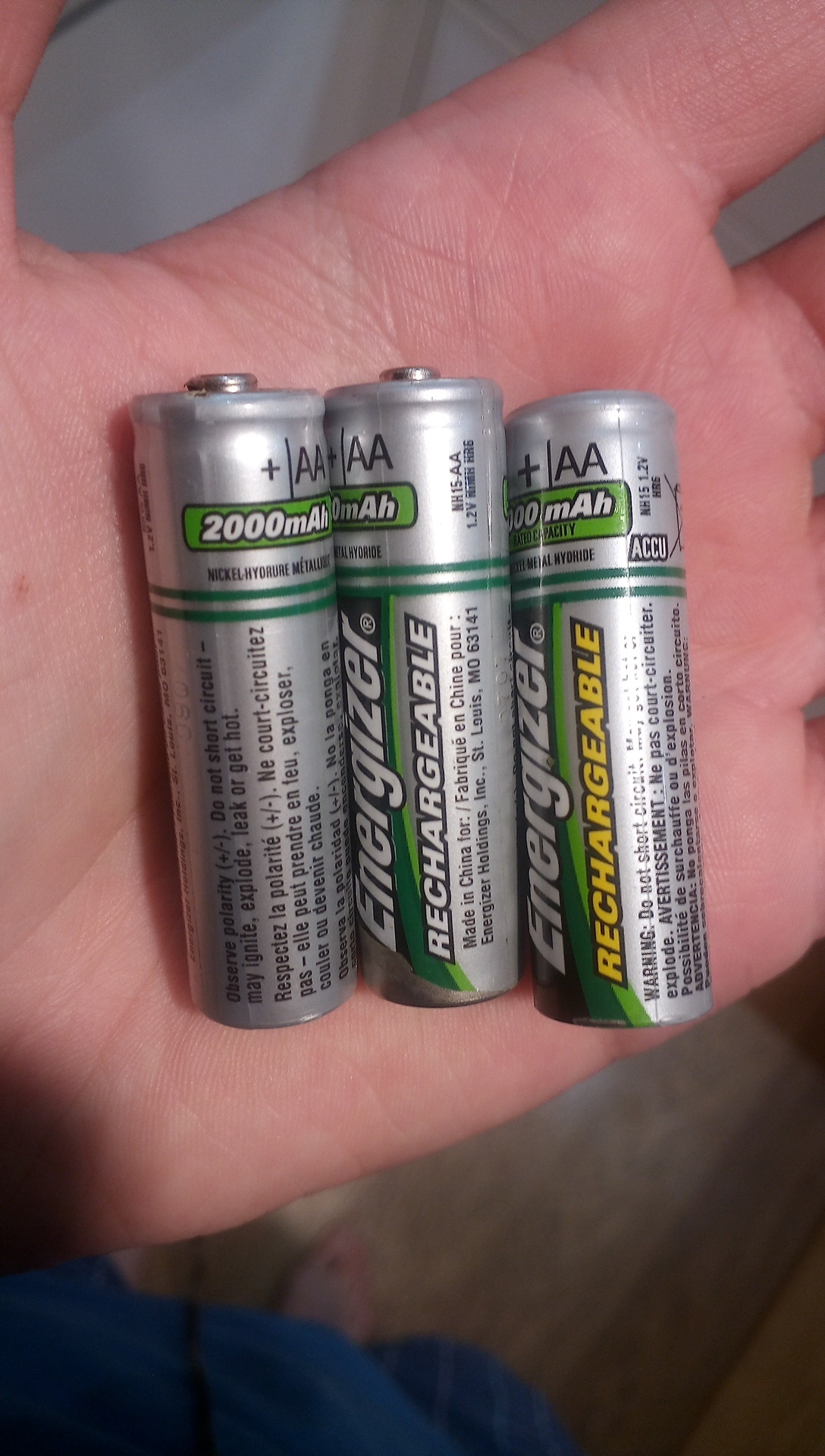this post was submitted on 07 Aug 2023
485 points (100.0% liked)
Technology
37717 readers
408 users here now
A nice place to discuss rumors, happenings, innovations, and challenges in the technology sphere. We also welcome discussions on the intersections of technology and society. If it’s technological news or discussion of technology, it probably belongs here.
Remember the overriding ethos on Beehaw: Be(e) Nice. Each user you encounter here is a person, and should be treated with kindness (even if they’re wrong, or use a Linux distro you don’t like). Personal attacks will not be tolerated.
Subcommunities on Beehaw:
This community's icon was made by Aaron Schneider, under the CC-BY-NC-SA 4.0 license.
founded 2 years ago
MODERATORS
you are viewing a single comment's thread
view the rest of the comments
view the rest of the comments

Well, the rechargeable batteries that are least likely to blow up in your face are the ones with the old-style NiMH (nickel metal hydride) chemistry that they use in rechargeable AAs and such. They have lower energy density than the lithium chemistries, so there's less there to explode. They're pretty inert unless you stuff them into a charger that doesn't work properly—a busted charger can set just about any battery on fire. (Why is the NiMH chemistry still used for AAs? Because the normal voltage of a single NiMH cell falls nicely in the middle of the voltage discharge curve of a single alkaline cell. Lithium chemistries don't have that property.)